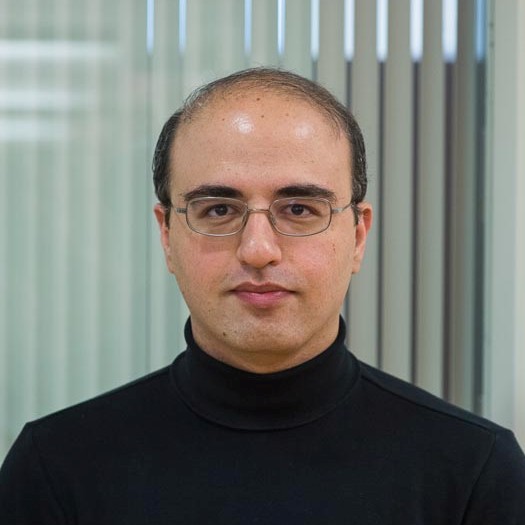Extensive research has shown that perceptual information of faces is processed in a network of hierarchically-organized areas within ventral temporal cortex. For familiar and famous faces, perceptual processing of faces is normally accompanied by extraction of semantic knowledge about the social status of persons. Semantic processing of familiar faces could entail progressive stages of information abstraction. However, the cortical mechanisms supporting multi-stage processing of familiar faces have not been characterized. Here using an event-related fMRI experiment, familiar faces from four celebrity groups (actors, singers, politicians, and football players) and unfamiliar faces were presented to the human subjects (both males and females) while they were engaged in a face categorization task. We systematically explored the cortical representations for faces, familiar faces, subcategories of familiar faces, and familiar face identities using whole-brain univariate analysis, searchlight-based multivariate pattern analysis, and functional connectivity analysis. Convergent evidence from all these analyses revealed a network of overlapping and hierarchically-organized areas in posterior cingulate cortex (PCC) that contained decodable fMRI responses for representing different levels of semantic knowledge about familiar faces. Our results suggest a hierarchical organization in PCC for processing the semantic information of faces – analogous to the hierarchical organization within ventral temporal cortex for processing the perceptual information of faces.
